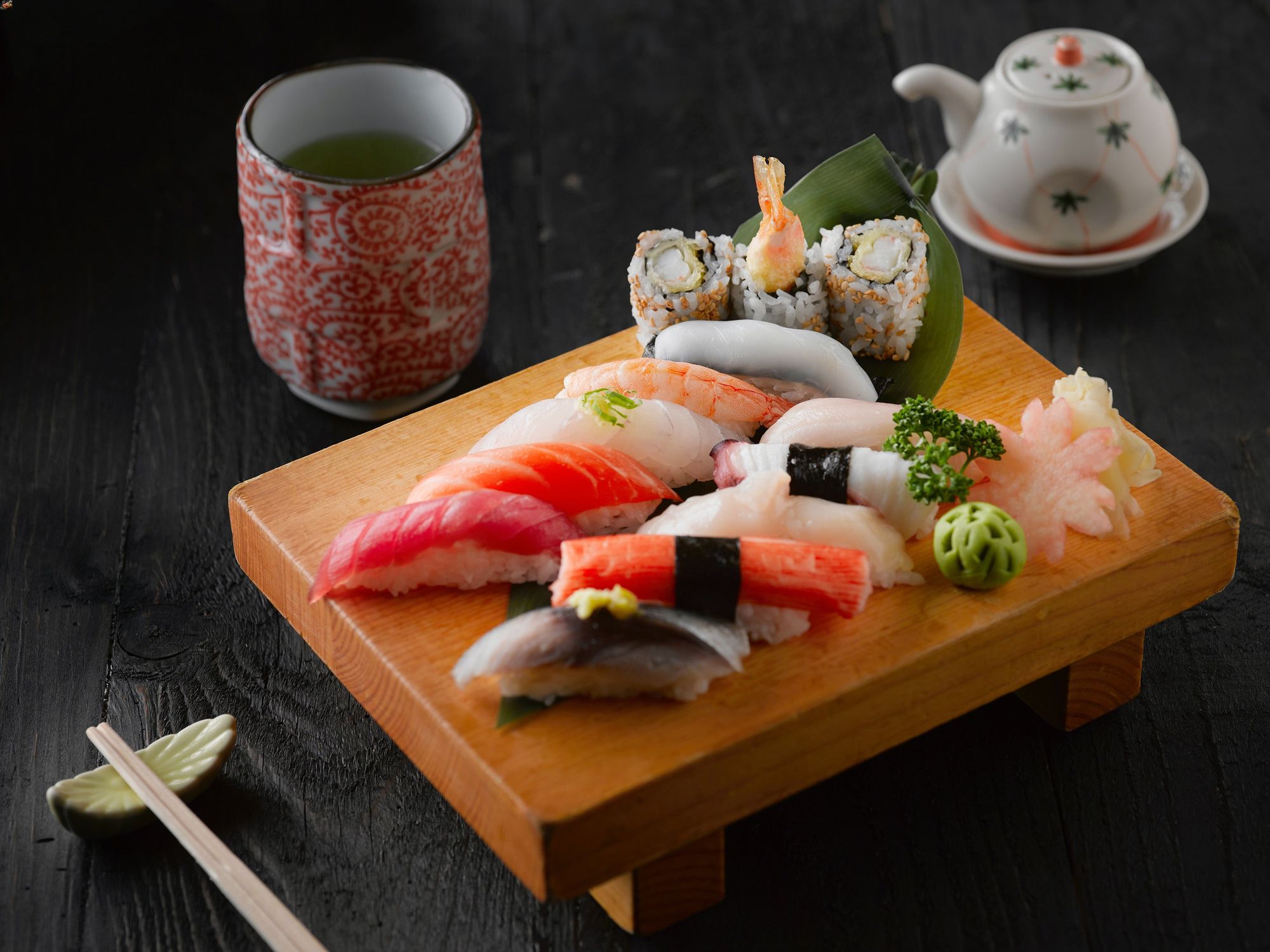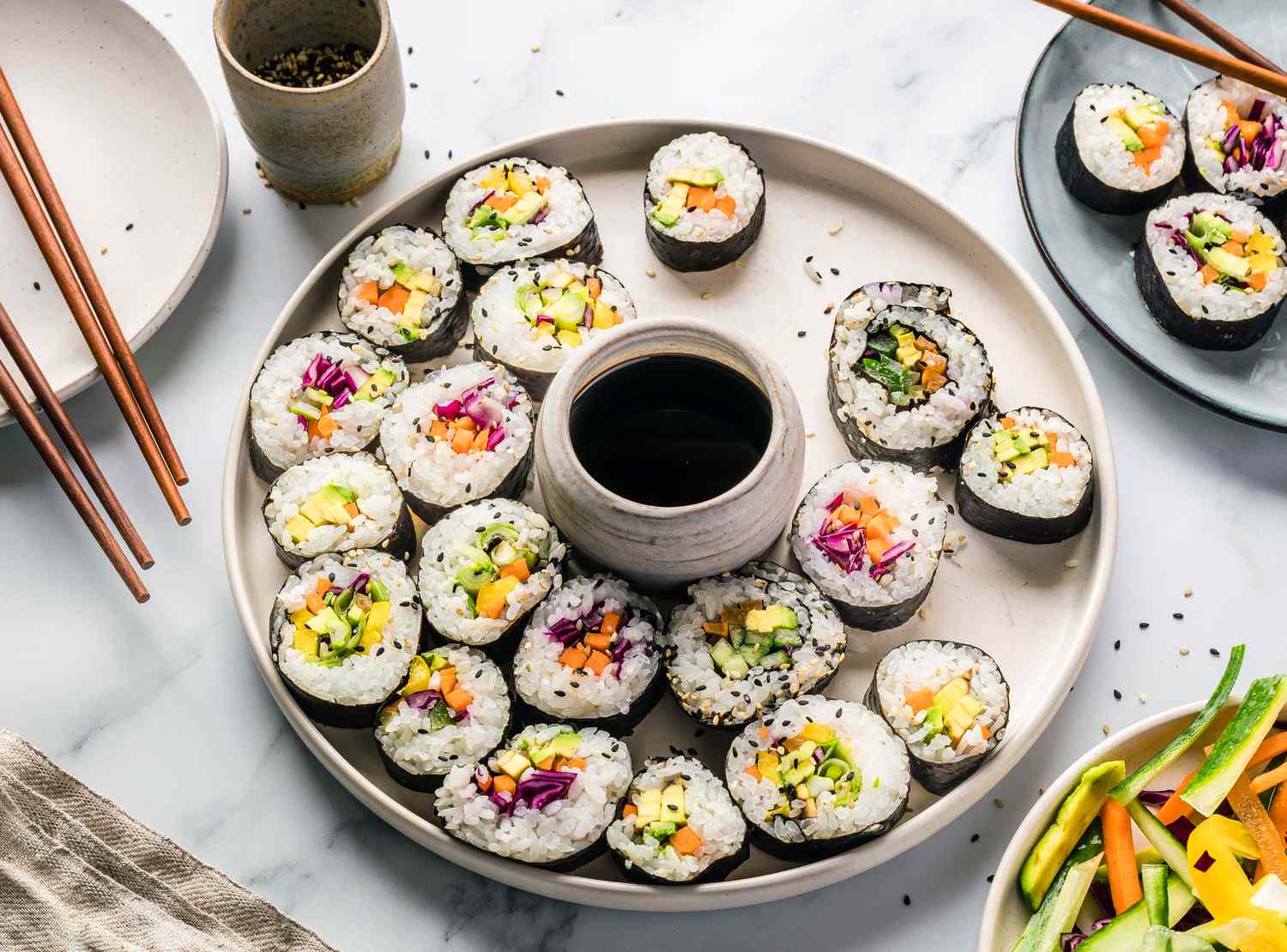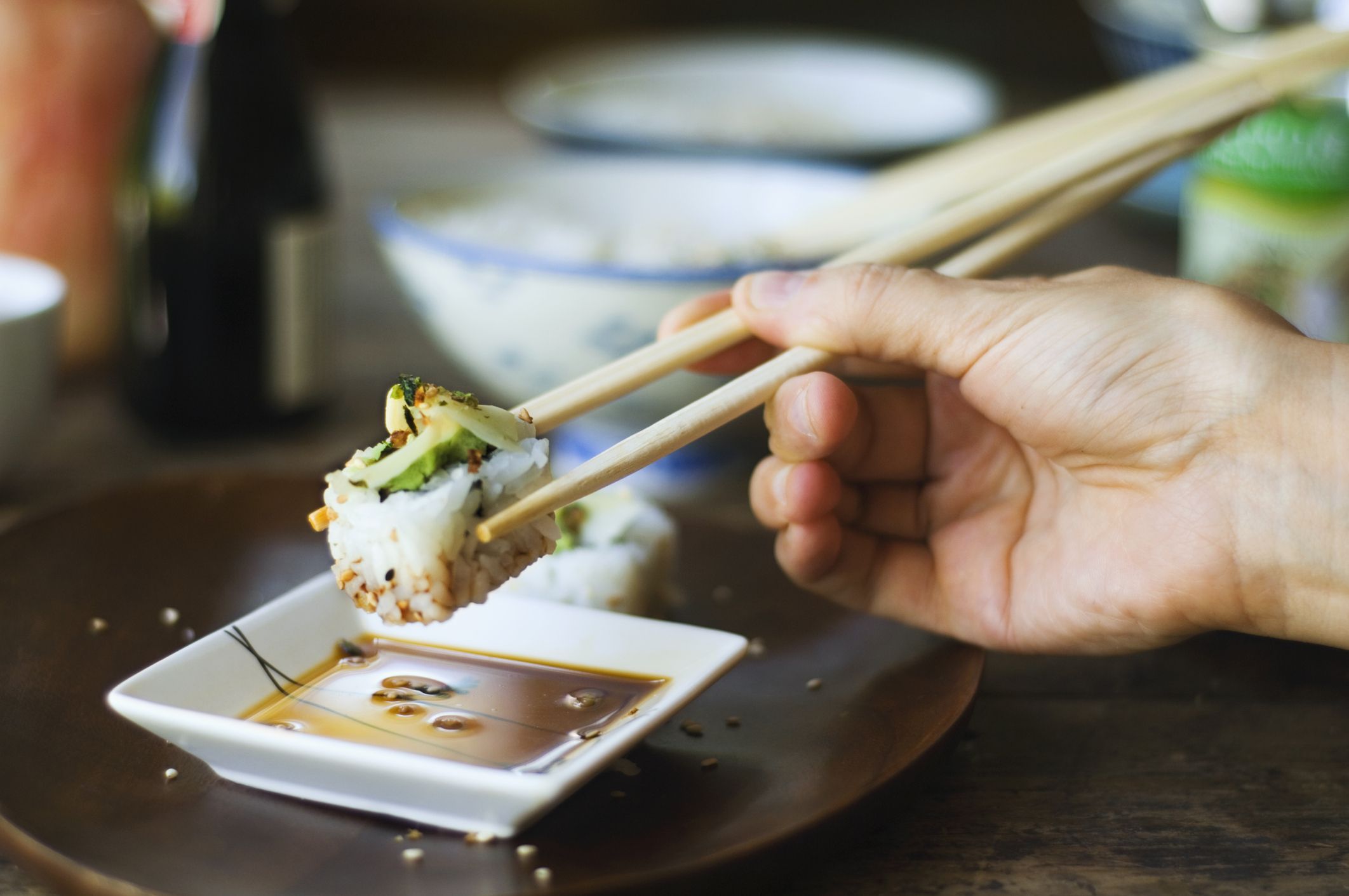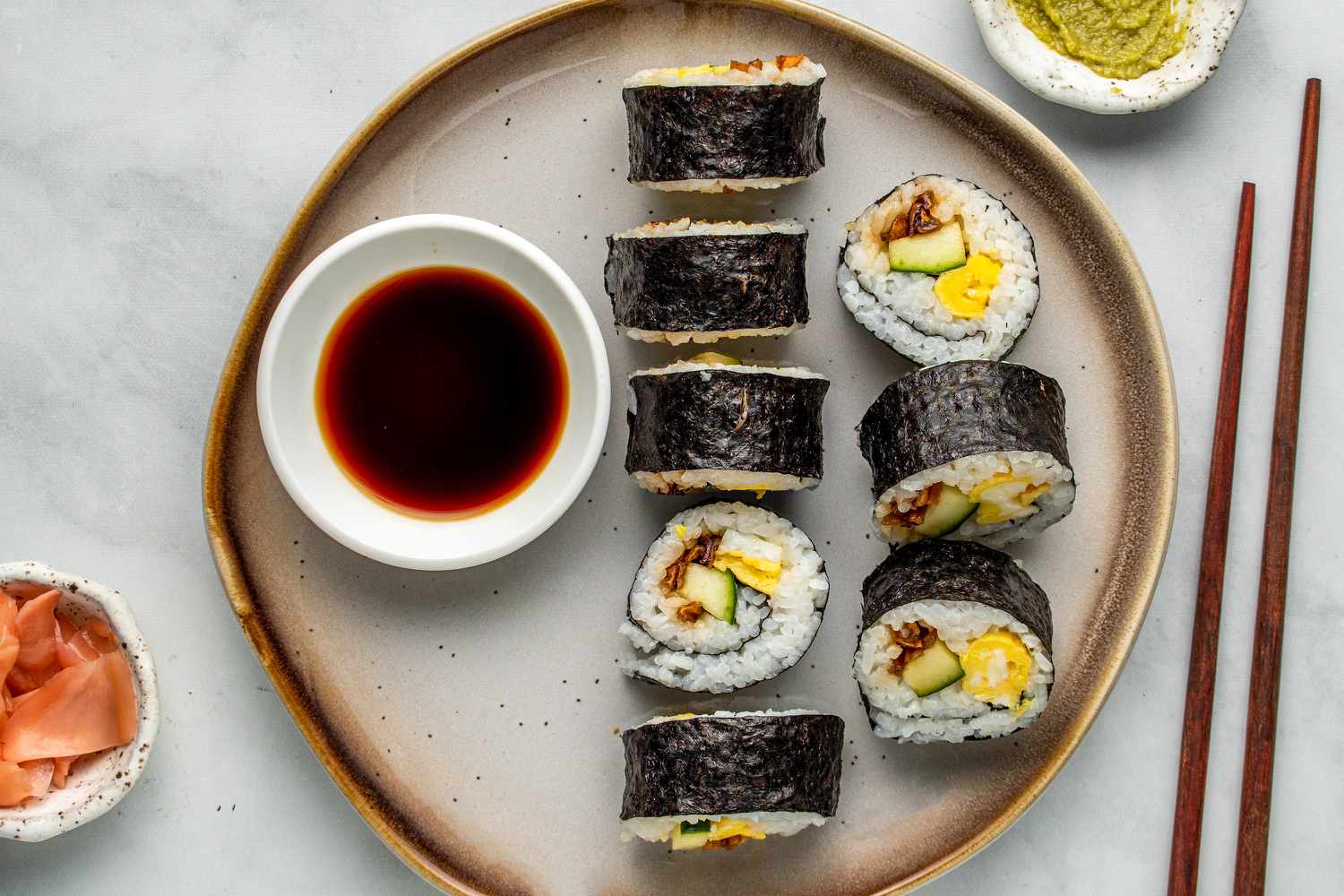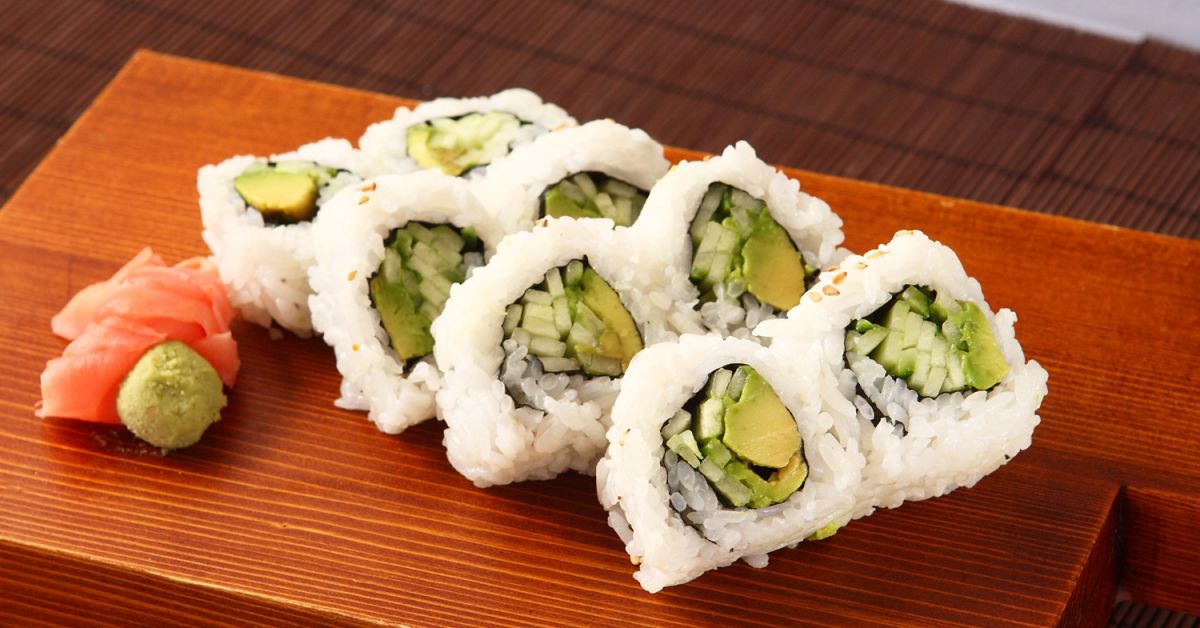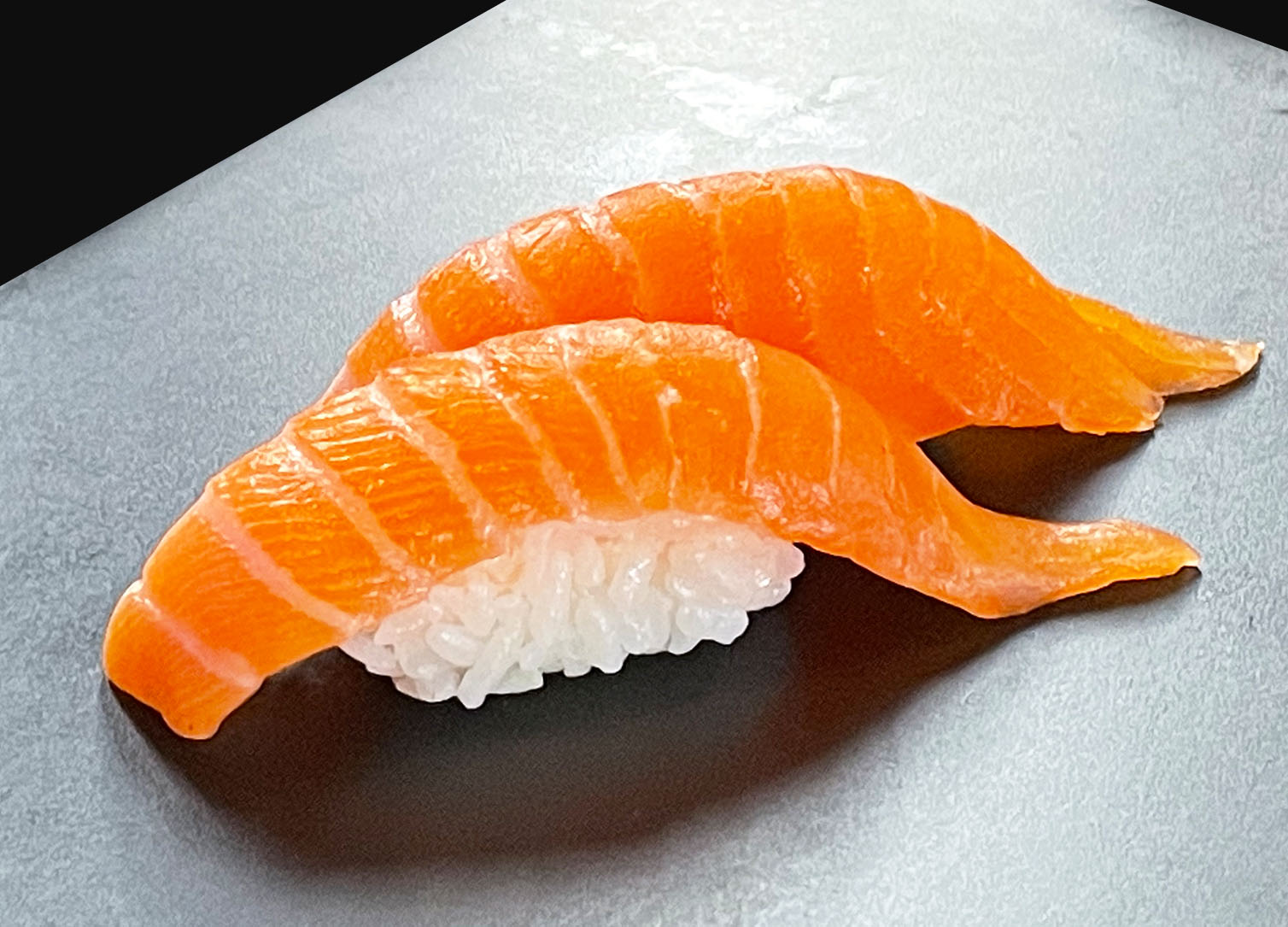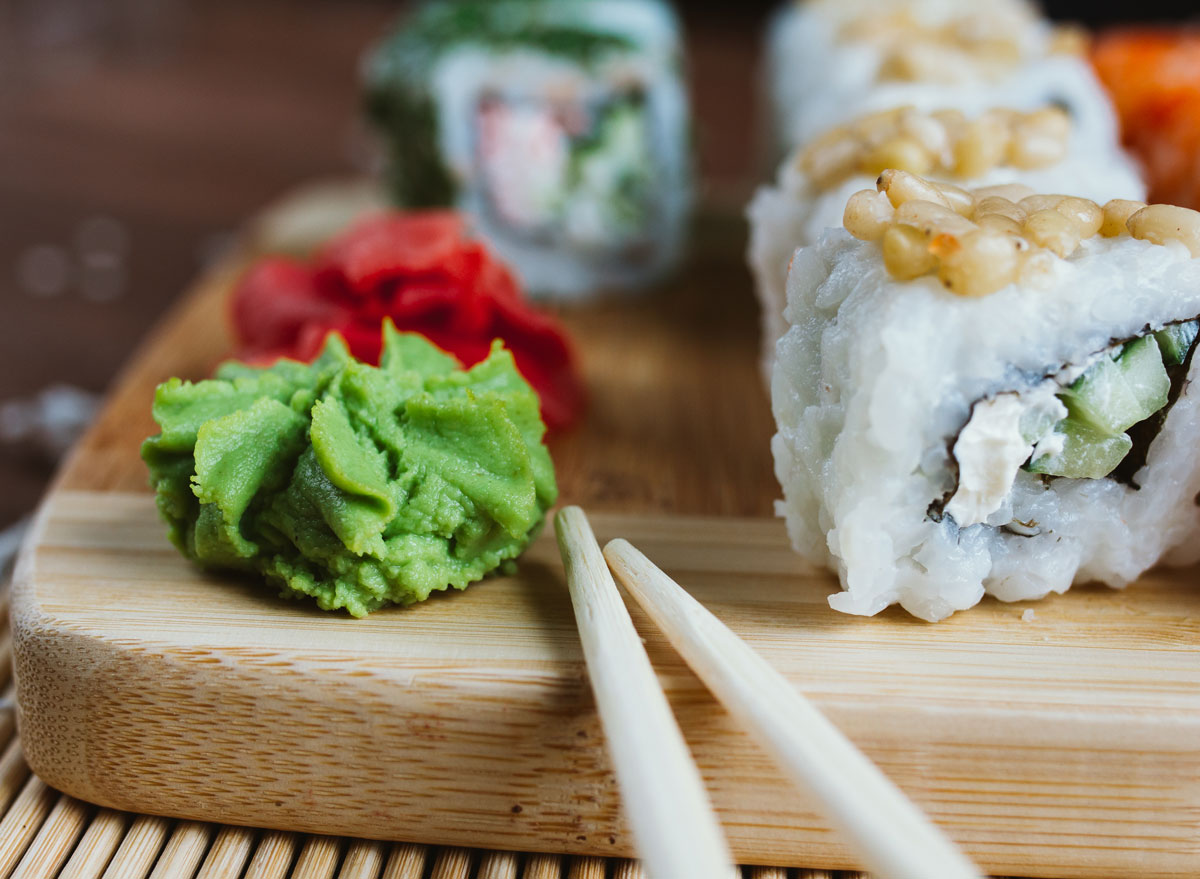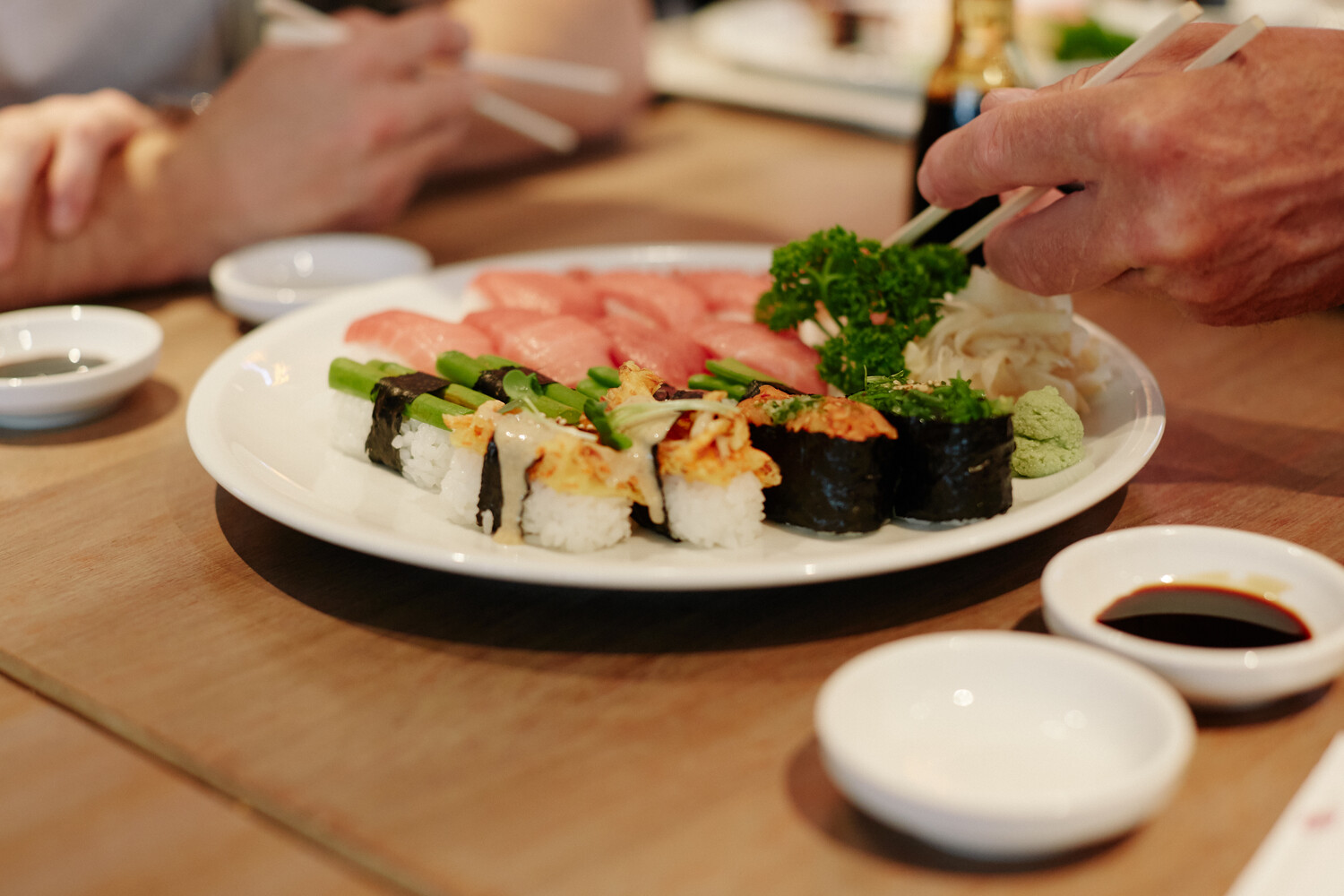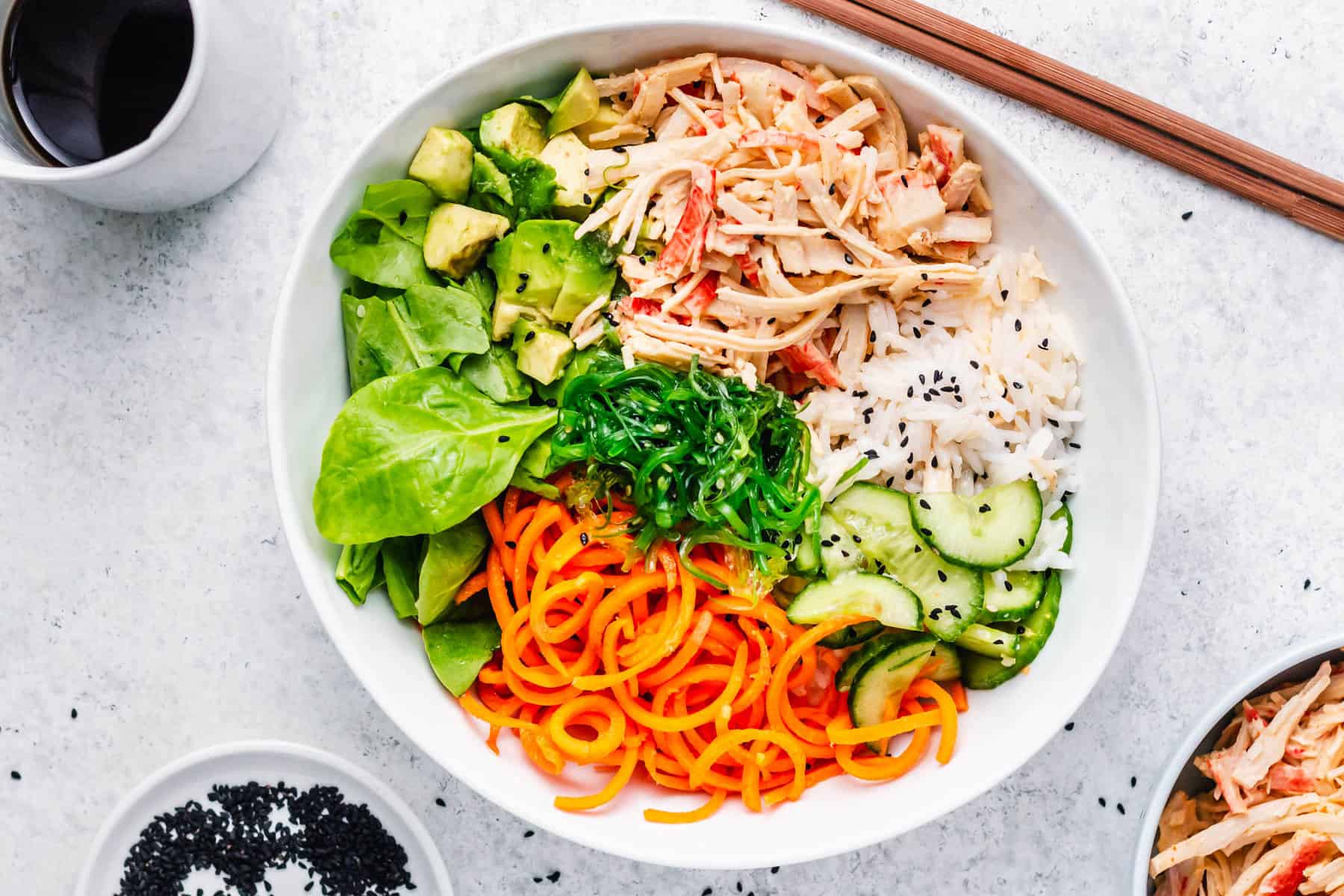How to Enjoy Wasabi Without the Burn: A Guide to Eating Wasabi Properly
Wasabi, the pungent green paste often served with sushi, is a staple in Japanese cuisine. While some may find its intense flavor overwhelming, when eaten properly, wasabi can enhance the taste of your food without leaving you with a burning sensation. Here are some tips on how to eat wasabi properly and enjoy its unique flavor without the overpowering heat.
Choose High-Quality Wasabi
When it comes to enjoying wasabi, quality matters. Look for authentic wasabi paste made from real wasabi root, as opposed to imitation wasabi made from horseradish and mustard. Authentic wasabi has a more delicate and complex flavor, with a subtle heat that doesn’t overpower the palate.
Use Wasabi Sparingly
One of the keys to eating wasabi properly is to use it sparingly. A small amount, about the size of a pea, is all you need to experience its flavor without overwhelming your taste buds. Spread a thin layer of wasabi on your sushi or sashimi to complement the natural flavors of the fish without masking them.
Pair Wasabi with Soy Sauce
For a milder wasabi experience, mix a small amount of wasabi with soy sauce to create a dipping sauce for your sushi. This allows you to control the level of heat and flavor, ensuring that the wasabi enhances the taste of your food without overpowering it.
Experiment with Different Foods
While wasabi is commonly associated with sushi, it can also be enjoyed with other foods. Try adding a small amount of wasabi to your salad dressing, mayonnaise, or marinades for a subtle kick of flavor. You can also mix wasabi into mashed potatoes or deviled eggs for a unique twist on classic dishes.
Appreciate the Flavor
When eating wasabi, take the time to appreciate its unique flavor profile. Authentic wasabi has a fresh, herbal taste with a hint of sweetness, followed by a gentle heat that dissipates quickly. By savoring the flavor of wasabi, you can fully enjoy its culinary benefits without feeling overwhelmed by its spiciness.
Conclusion
When eaten properly, wasabi can add a delightful kick to your culinary experience without leaving you with a burning sensation. By choosing high-quality wasabi, using it sparingly, and experimenting with different pairings, you can enjoy the unique flavor of wasabi without the overpowering heat. So, the next time you indulge in sushi or other Japanese dishes, remember these tips to savor the taste of wasabi in a way that enhances your dining experience.
